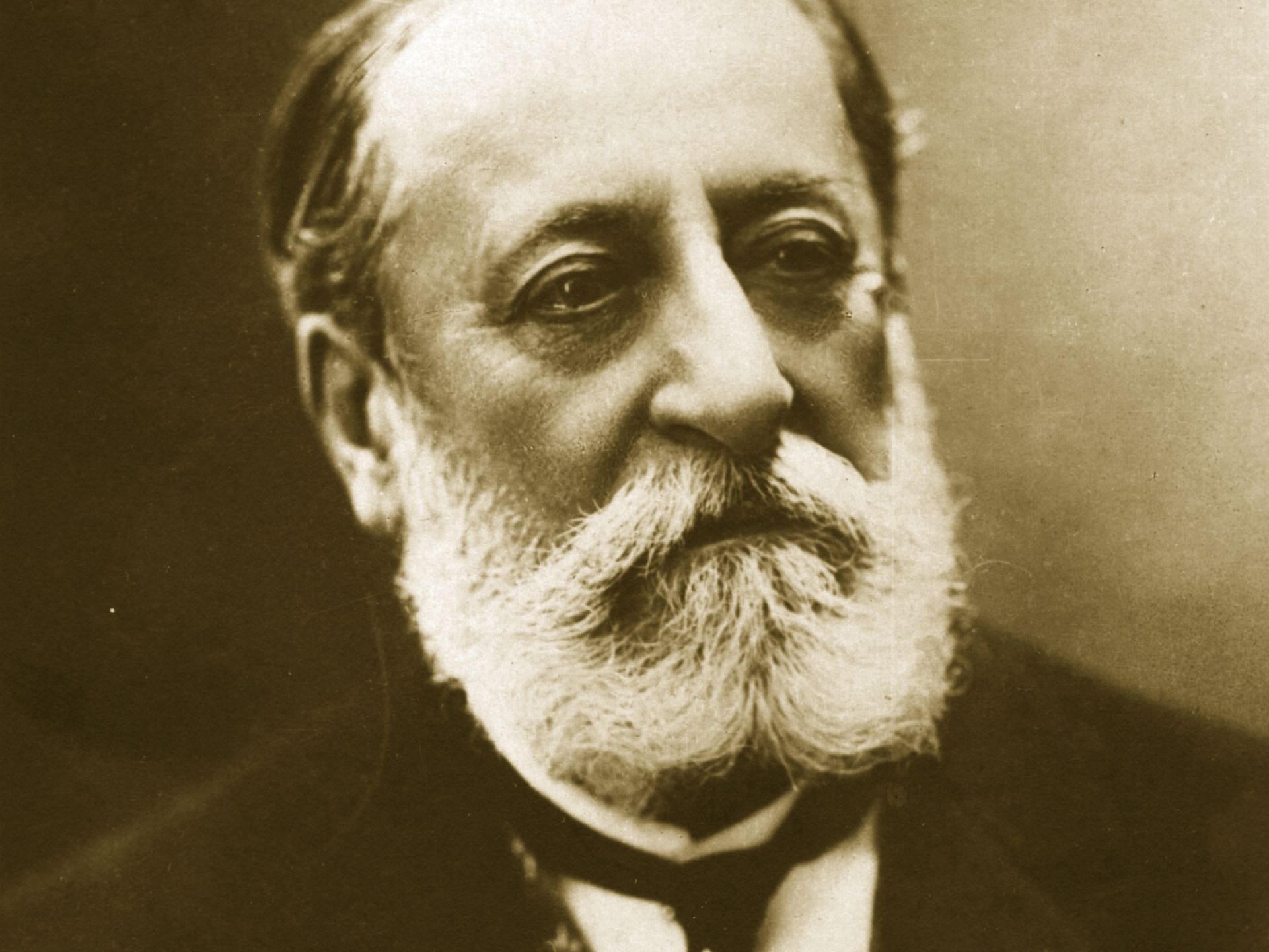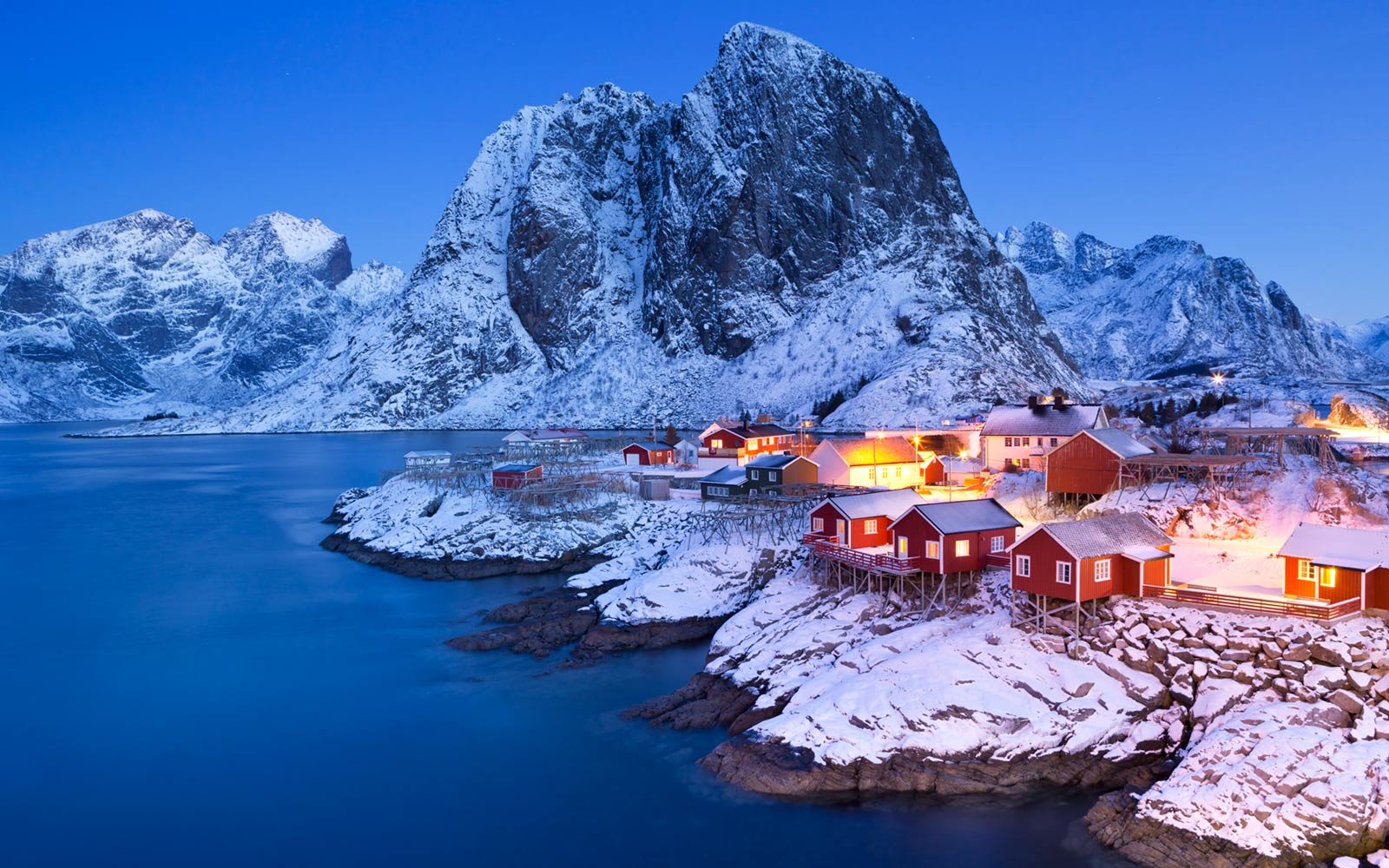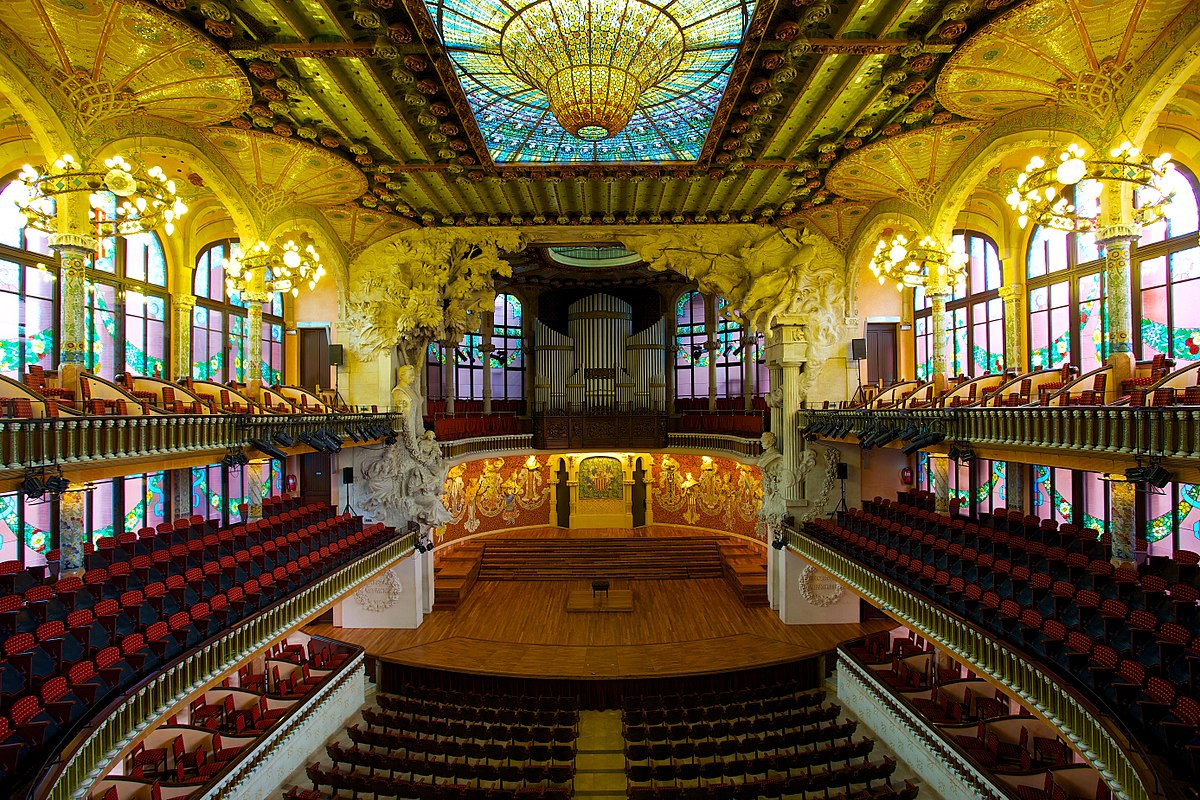The “Philadelphia Sound” in Five Historic Recordings
These days, the professional orchestra world is characterized by unparalleled technical skill, dutiful attention to historically-informed performance practice, and a general homogenization of sound and style. Musicians are expected to transition, instantly and seamlessly, from the lush Romanticism of Tchaikovsky to the lean purity of Mozart, with the mixed meters of Stravinsky and John Adams thrown in for good measure. In many ways, it’s the best of times. Perhaps what has been …







